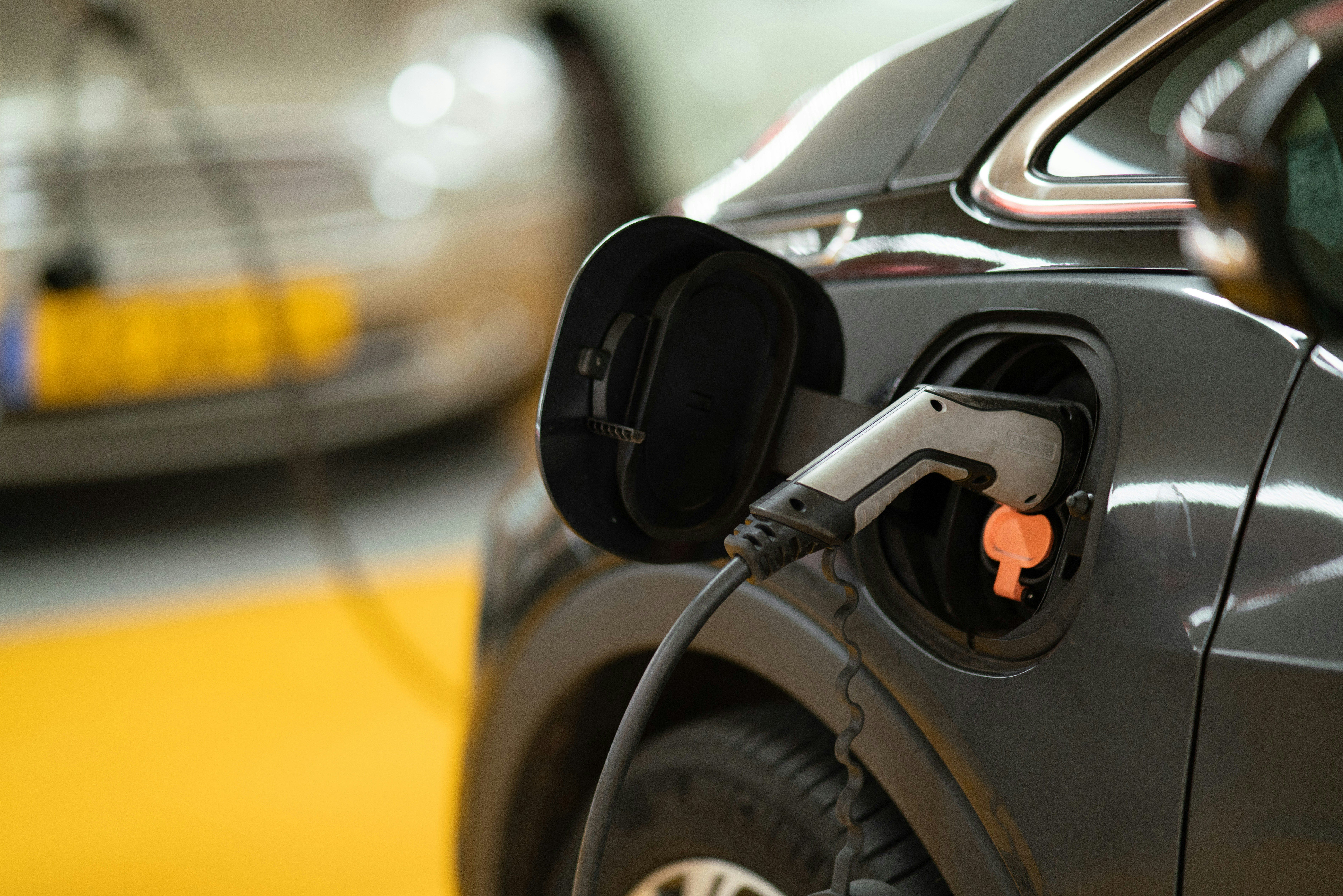Guest Column
Houston expert: How to make the EV switch while factoring in impact, cost

Very often, EVs drive like new even if they’ve clocked up the miles, writes this Houston expert. Photo via Unsplash
Americans are in the midst of getting to know electric cars up close and personal. The finer points of charging and battery technology are now becoming mainstream news.
However, there’s a secret about electric vehicles (EVs) that very few people know, because very few people have driven an electric car with 50,000 or 100,000 miles on it. Very often, EVs drive like new even if they’ve clocked up the miles. No rattles and no shakes, and importantly there is no loss of efficiency, unlike gas cars which tend to lose fuel efficiency as they age. Most strikingly, battery degradation and loss of range is often minimal — even after the odometer hits 6 digits.
What does this mean? At a time when car payments, repair costs and gas prices are all weighing on consumer wallets, we are about to enter an era when it will get easier than ever before for Americans to find a great driving, longer lasting car that saves on fuel costs and needs less maintenance.
This represents an amazing source of value for American drivers to be tapped into - plus even more positive changes for the auto sector, and the potential for new business models.
Narratives about EVs have focused on fears about battery degradation and today’s models becoming dated as technology rapidly advances. The fact that we are all habituated to replacing smartphone batteries that fade within 2 to 3 years doesn’t help.
Auto manufacturers have put 100,000 mile warranties on batteries, but this may have created the perception that this is a ceiling, rather than a floor, for what can be expected from an EV battery.
EV batteries are performing much better than your last smartphone battery. We know this with growing certainty because it’s backed up by evidence. Data reveals that older Teslas average only 12 percent loss of original range at 200,000 miles — double the warranty period.
Furthermore, battery advances are happening at an encouraging pace. You can expect that newer batteries will start with higher ranges and degrade even more slowly. And even after they do, the value shorter range will increase as charging infrastructure matures.
In other words, a 2024 Volkswagen ID.4 with 291 miles of range may be down to 260 miles by the time it has put on 100,000 miles. But in the 5 to 7 years that typically takes, the buildout of charging stations means that range will have much more utility than today.
So in sum, electric vehicles can be expected to last longer with lower maintenance. Over-the-air software upgrades, and perhaps even computing hardware upgrades, will keep them feeling modern. Charging infrastructure will improve much faster than range will degrade. And crucially for the value of these cars, the drive quality will remain great much further into product lifetime.
The trend for driving older cars is already here – the average age of a car on US roads is 12 years old and rising. But now this will shift towards better quality, plus fuel savings, for more people.
New business models and services will help customers take advantage — especially those customers for whom lower cost EVs will represent a step up and savings on the cost of living.
At Houston-based Octopus Electric Vehicles, we are doing this today with something virtually unheard of: leasing pre-owned cars. With electric cars that are 1 to 4 years old, with clean histories and in excellent cosmetic and mechanical condition but depreciated relative to new EV prices, we are frequently able to offer discounts of 30 percent or more, even against heavily incentivized lease offers from automakers. And, because EV maintenance needs are lower, we can throw in free scheduled maintenance with our monthly payment, delivered by a mobile mechanic service.
The secret value of higher-mileage EVs won’t stay secret for long. There’s no replacing first hand experience, and you can probably get that the next time you order an Uber or Lyft by choosing their EV ride options. Before your ride is up, try to guess what’s on the odometer. You may be surprised to hear from your driver that the car you thought was brand new has 50,000 or 100,000 miles on it.
———
Nathan Wyeth is the United States co-lead at Octopus Electric Vehicles.